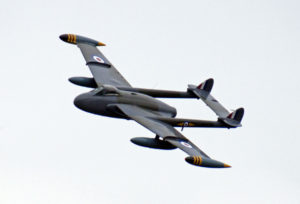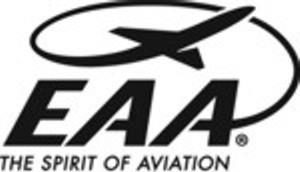Which aircraft is best for a “wanna be” Pilot
Q. I am a pilot “wanna be” that attended your “Which aircraft is best for you” seminar. After a week of seminars and walking the flight line at the fly-in, I am convinced that buying an aircraft probably makes the most sense for me.
Which aircraft is for me? I was originally thinking of a Cessna 150 (I am the ‘stable’ personality you mention in your book with a little bit of the ‘driver’ mentality too), but I need to haul two people weighing probably a combined 430 pounds, so I think a 150 might be pushing it a bit.
I found an ad for a 1971 Cessna 172, 6300 TT, 2200 SMOH, and was looking for feedback so I wouldn’t get taken to the cleaners.
I would appreciate any help you can offer since I am completely new to this (the story of the $5,000 airplane definitely made me curious). I do not have my heart set on any one plane, just the ‘being up there’ safely on a tight budget. Looks are not that critical either. I just want to fly whether it is ugly or not.
A. Nice to see you “wanna be” not only a pilot, but an owner too.
As you probably figured out in my presentations and columns, I am a Cessna 172 fan. The 172 models are one of my favorite aircraft. It is hard to buy a bad one, but there are a few considerations. In your situation, the Cessna 150 would probably not be a good choice because of the weight requirement. A Cessna 172 is a better aircraft especially when used as a two person and baggage machine.
The 172 costs slightly more than the 150 to own and operate, but it is still one of the most economical aircraft around and is also a great trainer. Cessna did not reintroduce the 152 when they started back in production in 1997. They introduced the Cessna 172 because it has more flexibility. The 172 can perform as a trainer and a cross-country aircraft. It offers more pilot opportunities and comfort than the 150. The 150/152 models can perform almost all the feats of the 172, except for speed, load and number of seats.
Book prices are just a guideline. It will probably be difficult to buy an aircraft like this for the book price, but at least it will give you a starting point. I would think that the engine could make it a few hours more before needing an overhaul. I would hope it would make it through your training. In that time, you could put away a few bucks for the new engine. Adding a lot of new equipment or new engines will not be a direct dollar for dollar recoup. You will need to fly the aircraft a number of hours (probably 500 or more) to wear off a few of the “new” engine.



